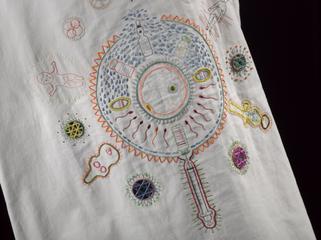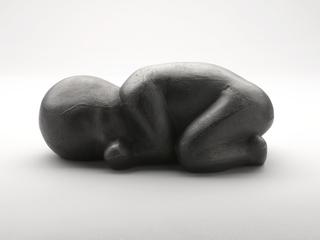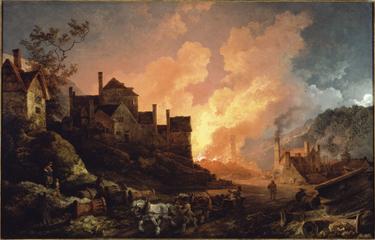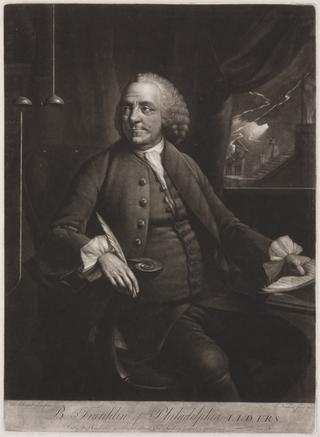
Tribute to Lord Rayleigh by the International Telecommunication Union
- Made:
- 1956 in United Kingdom
Printed tribute card with portrait commemorating Lord Rayleigh, created by the International Telecommunication Union, 1956. In English. The card has four pages with the title on the front, tribute inside front page, portrait of Rayleigh inside back - half length, turned to the right, in dinner dress.
One of a set of tribute leaflets with portraits commemorating figures who contributed to the development of telecommunications, produced by the International Telecommunication Union between 1955 and 1964. The ITU was formed in 1865 as the International Telegraph Union, a body to work internationally to prevent bottlenecks and disruptions across national borders by having twenty European states sign a treaty to agree common standards in telegraph signals and codes and to harmonize telegraph services. The group later expanded the scope of their agreements to incorporate new developments in communications such as radio, television and digital developments. Since 1947 the ITU has been a part of the UN as an international specialized agency for information and communication technologies to produce regulatory strategies and policies and an understanding of future technical, social and economic trends.
The leaflet text reads:
Tribute to Lord Rayleigh by the International Telecommunications Union
Published in the series of portraits of distinguished figures in the telecommunication world
YEAR 1956
LORD RAYLEIGH
The distinguished English physicist John William Strutt, Baron Rayleigh, was born in 1842 and died in 1919.
During a long career, Lord Rayleigh occupied successively the important positions of Cavendish Professor of Physics in the University of Cambridge (where he succeeded Clerk Maxwell), and of Secretary of the Royal Society. London. He was awarded the Nobel prize in 1904.
Rayleigh’s work, which at an early stage secured his recognition both as a mathematician and as an experimentalist of the first rank, covered a very wide range of subjects, and much of it proved to be basic to modern telecommunication theory. His interest in acoustics persisted throughout his life; in this field he became a leading authority and his “Treatise on Sound” is a scientific classic. In quite a different field, his experimental investigations into the density of gases led to his discovery of the element argon, as a constituent of the atmosphere.
He was alive to the growing need for the establishment of institutions for scientific research, and was influential in the founding and development of the United Kingdom National Physical Laboratory.
In general, Rayleigh was remarkable for his insight into the fundamental principles lying behind the phenomena that he was investigation and for his power of correctly interpreting the data furnished by the relatively simple apparatus of his day.
Details
- Category:
- Art
- Object Number:
- 2019-141
- Materials:
- paper (fibre product)
- Measurements:
-
overall (open): 228 mm x 315 mm x 1 mm,
overall (closed): 228 mm x 157 mm x 2 mm,
- type:




